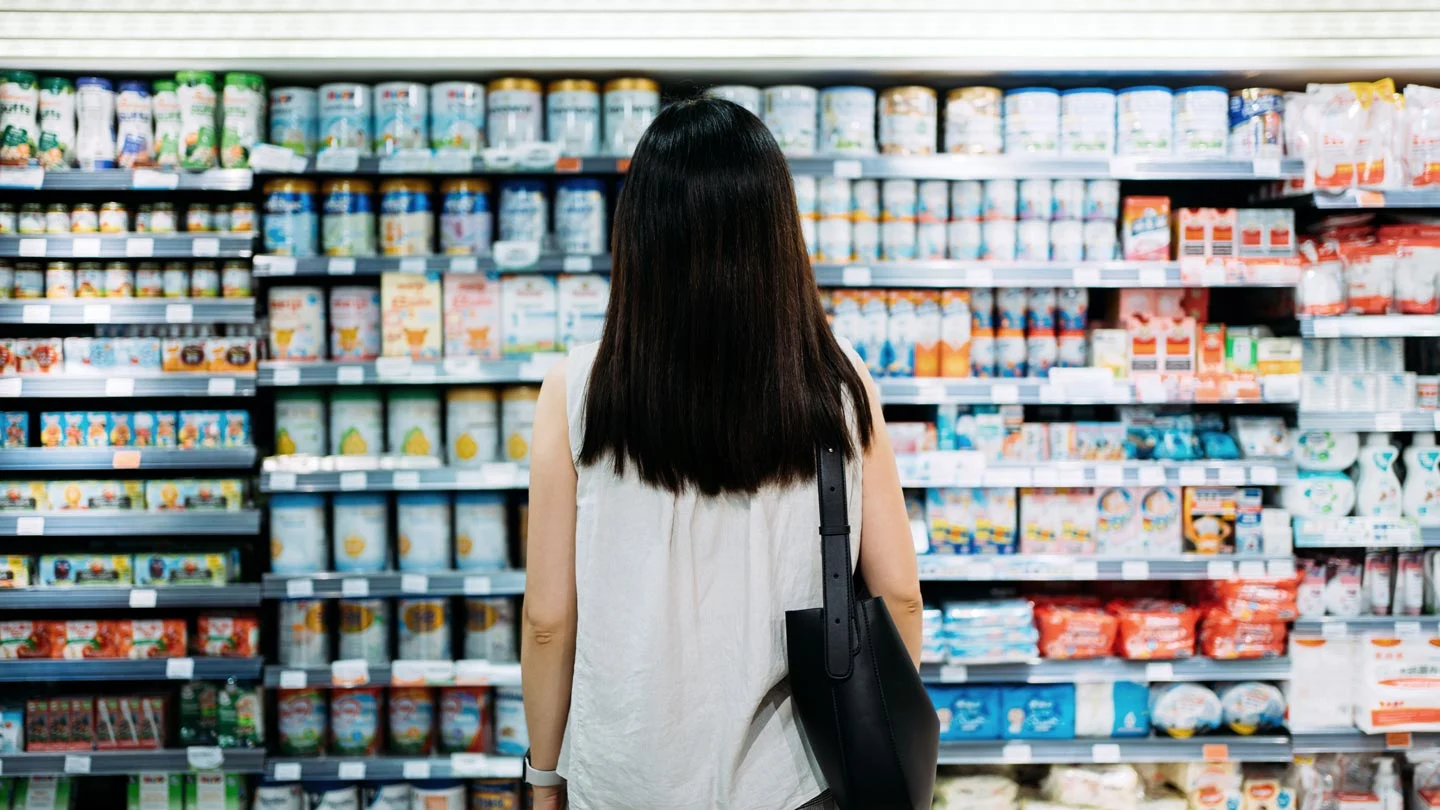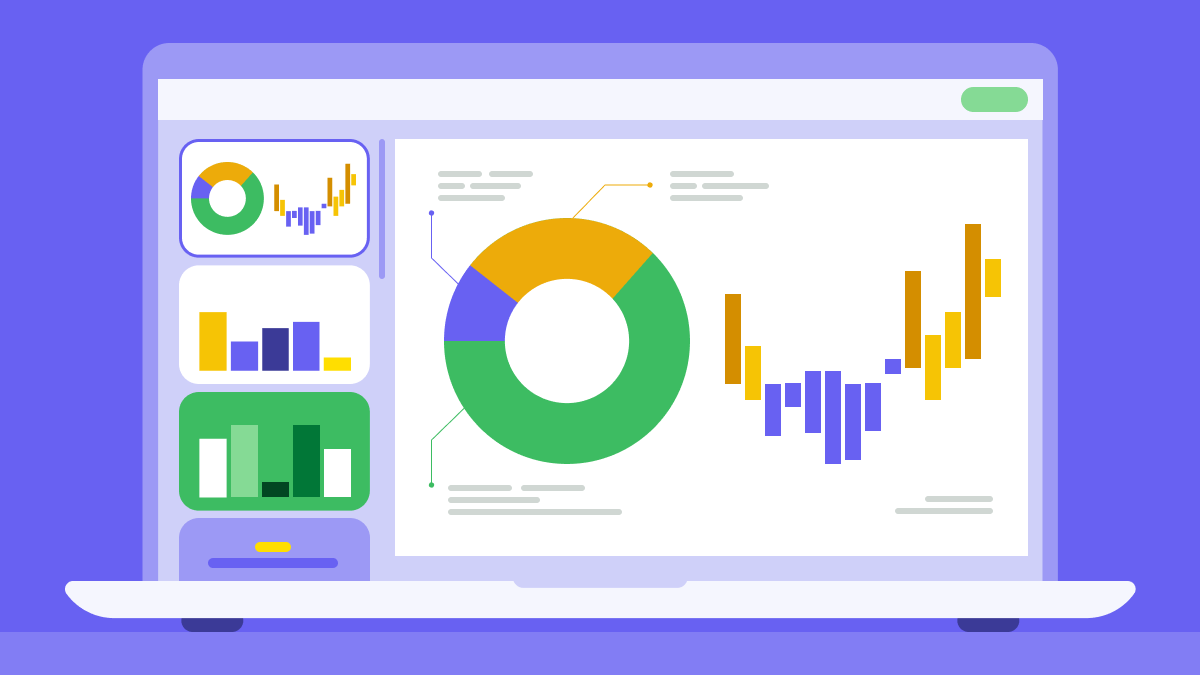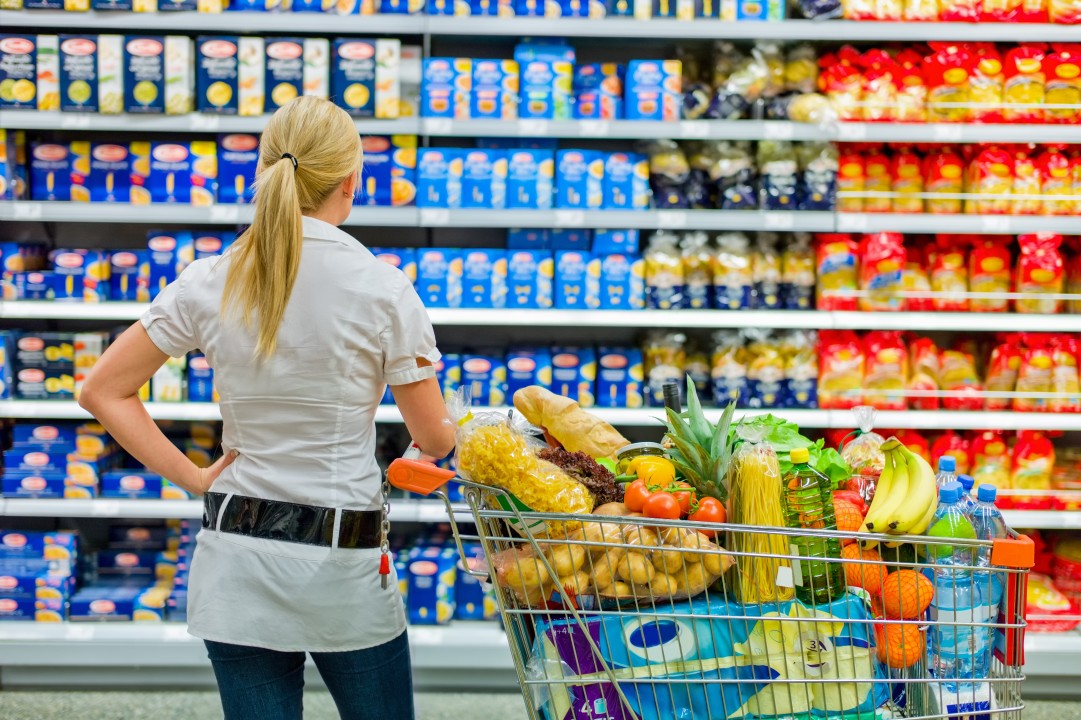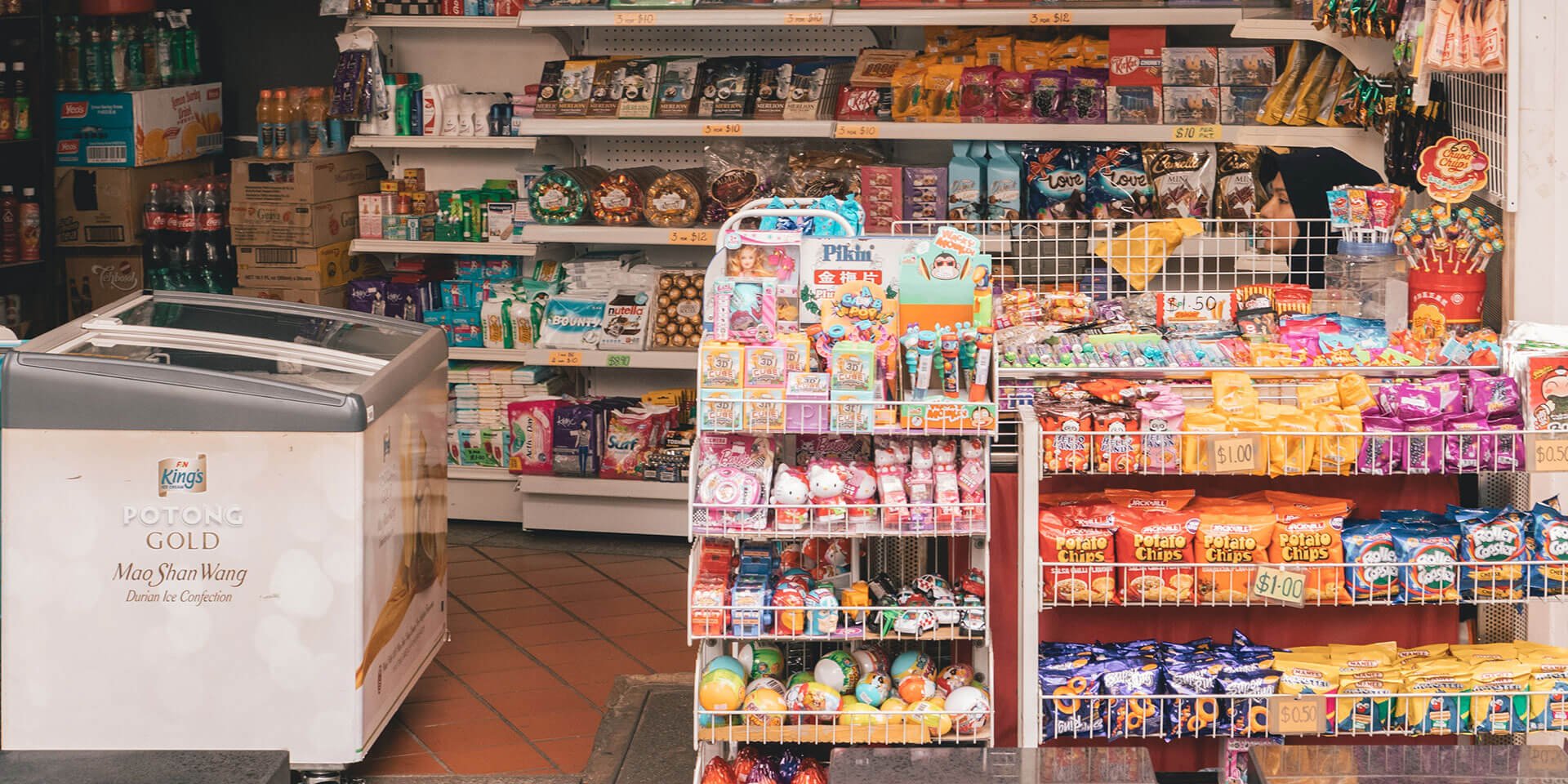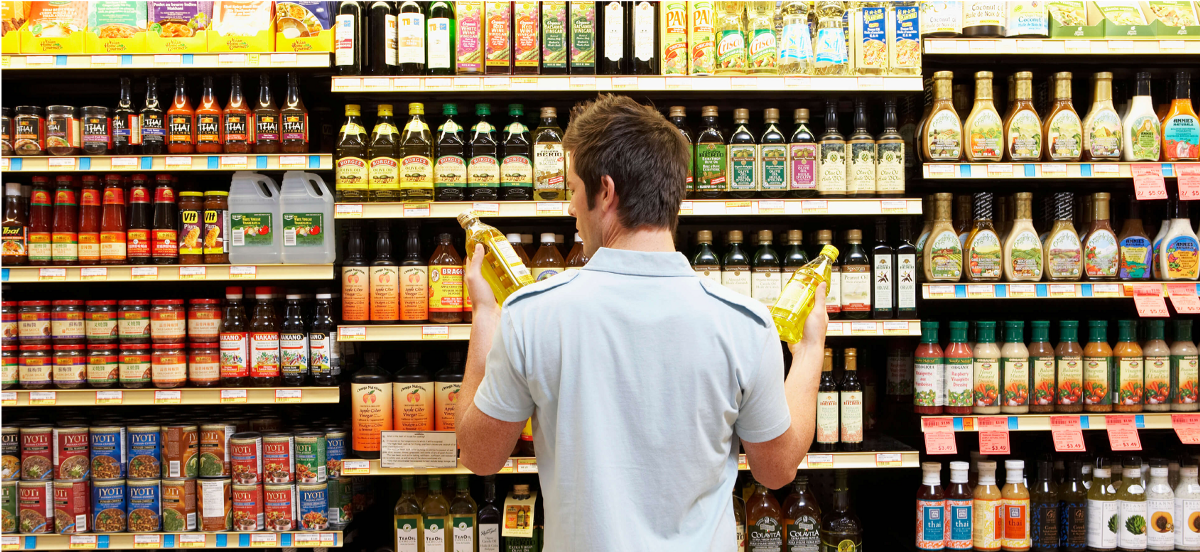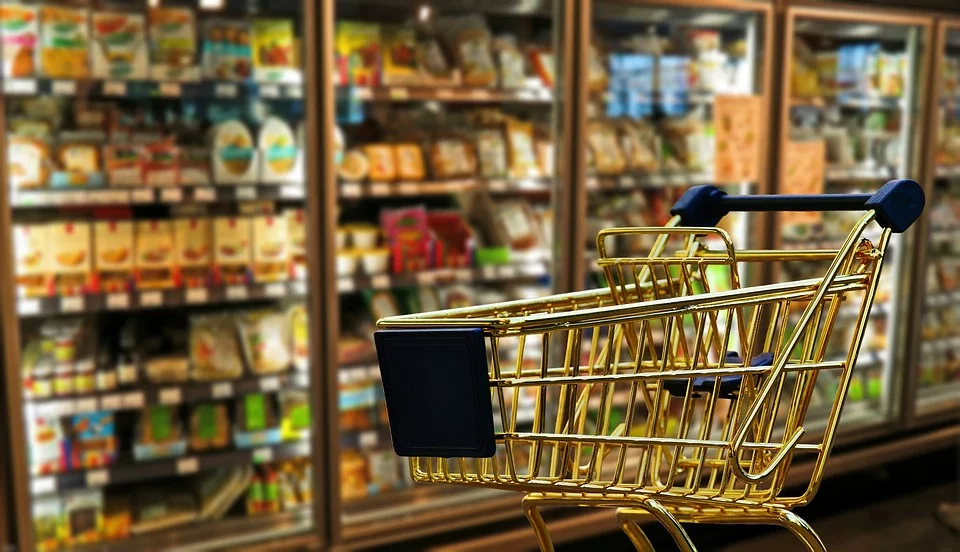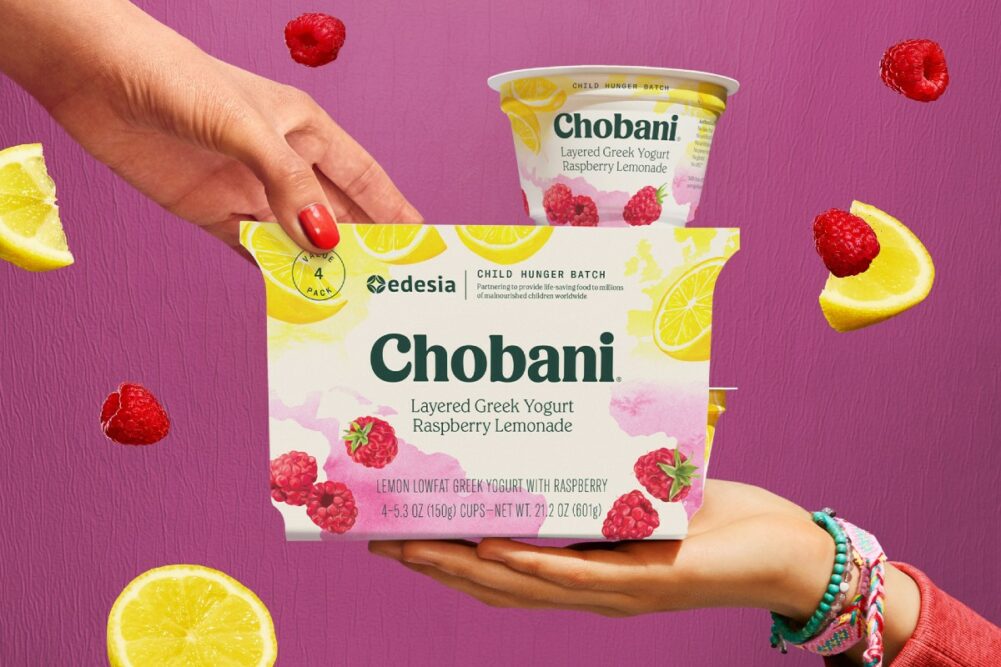For international CPG brands, the East Coast of the United States seems like an obvious target—dense populations, high purchasing power, cultural diversity, and a deep appetite for global food and beverage products. But what many brands underestimate is how difficult it is to actually gain—and sustain—traction in this market.
It’s not enough to ship a container.
It’s not enough to get your product listed.
And it’s definitely not enough to expect a broker or distributor to do all the heavy lifting.
The East Coast is one of the most competitive, fast-moving, and high-pressure retail environments in the U.S. If you’re not investing strategically in market activation, your product will sit on shelves—until it’s delisted.
This article outlines the key realities brands need to understand before entering the East Coast market, and what you must be prepared to do to succeed.
1. Codification ≠ Sell-Through
Getting your product coded by a wholesaler is a major step—but it’s just that: a step. Codification means the product is available for purchase by stores—it doesn’t mean it will be stocked, visible, or sold.
In fact, many stores only reorder products if they notice consistent movement. If your product doesn’t sell quickly, they won’t just ignore it—they’ll remove it. And that signal gets sent back to the wholesaler, who may cut your listing entirely.
To prevent this, your brand needs:
- Velocity-focused marketing campaigns
- Clear activation plans by retail zone
- On-the-ground merchandising support
2. Retailers expect support—they’re not going to market for you
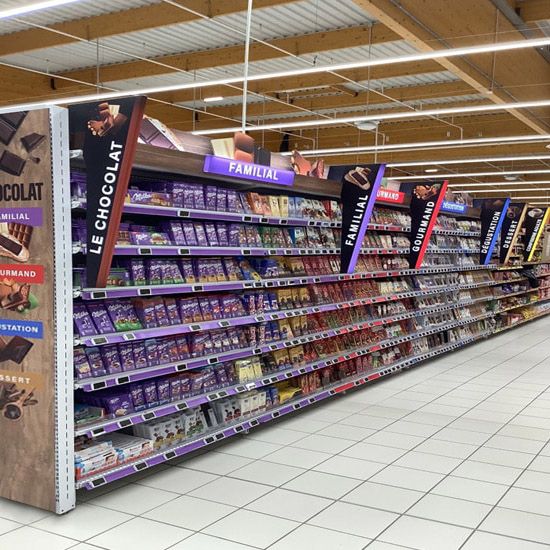
Retailers on the East Coast deal with aggressive competition and limited shelf space. They expect brands to come in prepared to drive their own performance.
That means:
- Promotions aligned with launch windows
- Geo-targeted digital campaigns around listed stores
- In-store merchandising and relationship building with store managers
- Quick resolution of stock, pricing or planogram issues
If you’re not willing to invest in that, don’t expect sustained support from your retail partner. A broker may help open doors—but the brand has to perform to stay in the game.
3. Distributors are not growth engines—they are logistics partners
Distributors and wholesalers help move product—but they are not your marketing team, your merchandisers, or your brand builders. Their role is to:
- Handle logistics
- Offer access to retail channels
- Manage backend relationships
What they don’t do is:
- Create consumer demand
- Guarantee reorders
- Solve for slow-moving SKUs
Expecting your distributor to “get you sales” without brand-side activation is a recipe for frustration on both sides.
4. The East Coast requires in-market resources

If you’re trying to compete from abroad with no local support, you’re setting yourself up for failure. The brands that win here:
- Have dedicated sales or merchandising teams in-market
- Build direct relationships with store owners or managers
- Conduct field visits to ensure compliance, visibility, and execution
- Run continuous marketing aligned with store geography
The East Coast is not forgiving to absentee brands. If you’re not present—someone else will be.
5. Marketing isn’t optional. It’s survival.
Many brands treat marketing as a luxury—something to consider after the product is on shelf. But in the U.S. market, marketing is the only way to move product at scale.
Without it:
- Shoppers won’t recognize your brand
- Store staff won’t prioritize it
- Retailers will see poor performance metrics
Launching with no demand-building plan is like renting a billboard in the desert—your message is there, but no one sees it.
Conclusion: Enter the market with a plan—or don’t enter at all
Getting on shelf is only 20% of the challenge. The other 80% is keeping your product there through velocity, visibility, and strategic execution.
At Group MCC, we work with international CPG brands to define the right market entry strategy—not just how to get listed, but how to perform in retail environments like the East Coast, where competition is fierce and execution matters.
Through our proprietary MCC Market Ready Framework, we assess your brand’s readiness across product, pricing, positioning, retail integration, and commercial execution. From there, we help you build the go-to-market plan that aligns with your goals, capacity, and budget.
Before you invest in inventory or distribution, let’s talk. Book a free diagnostic session with our team, and let’s make sure you’re not just entering the U.S. market—you’re ready to win in it.

